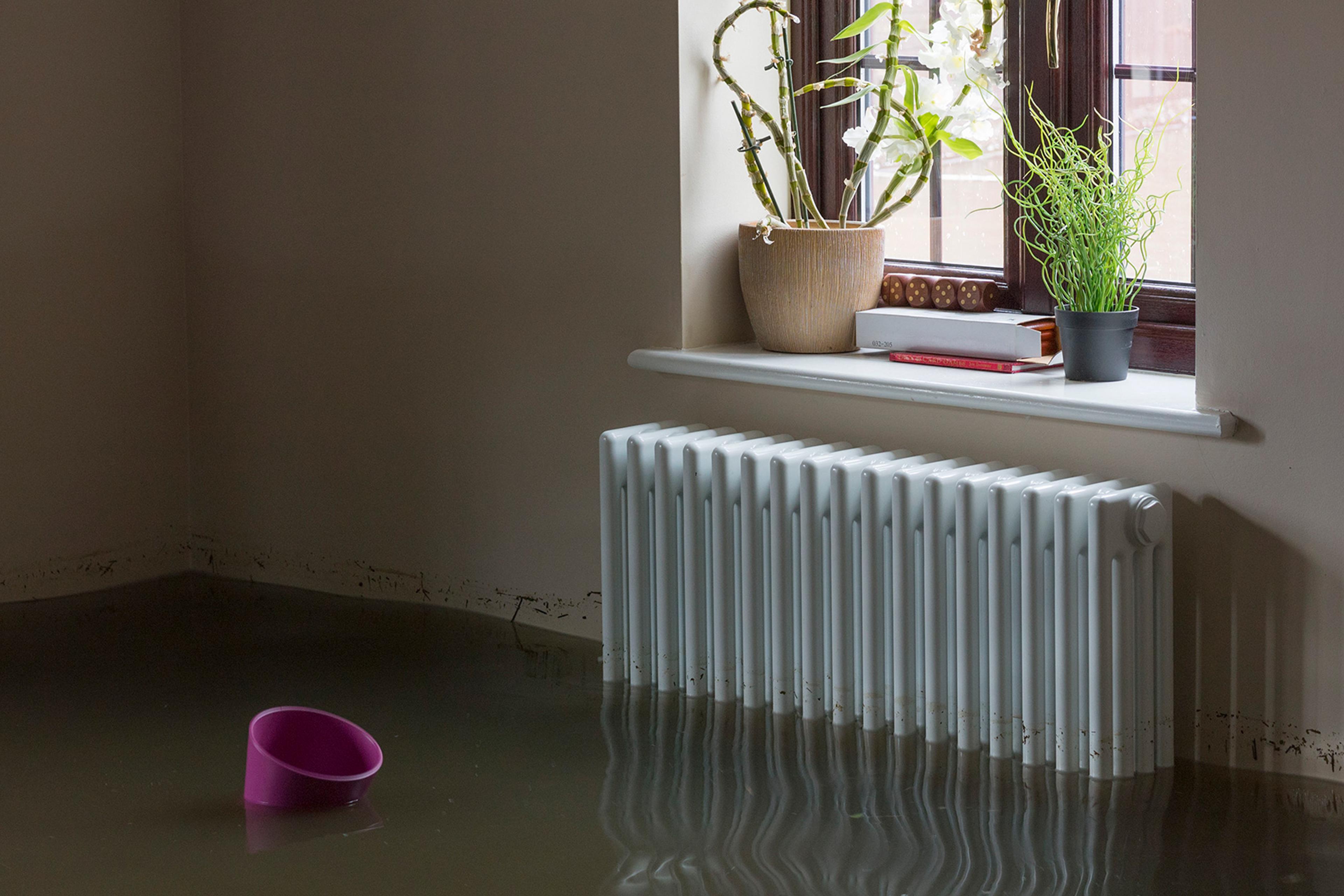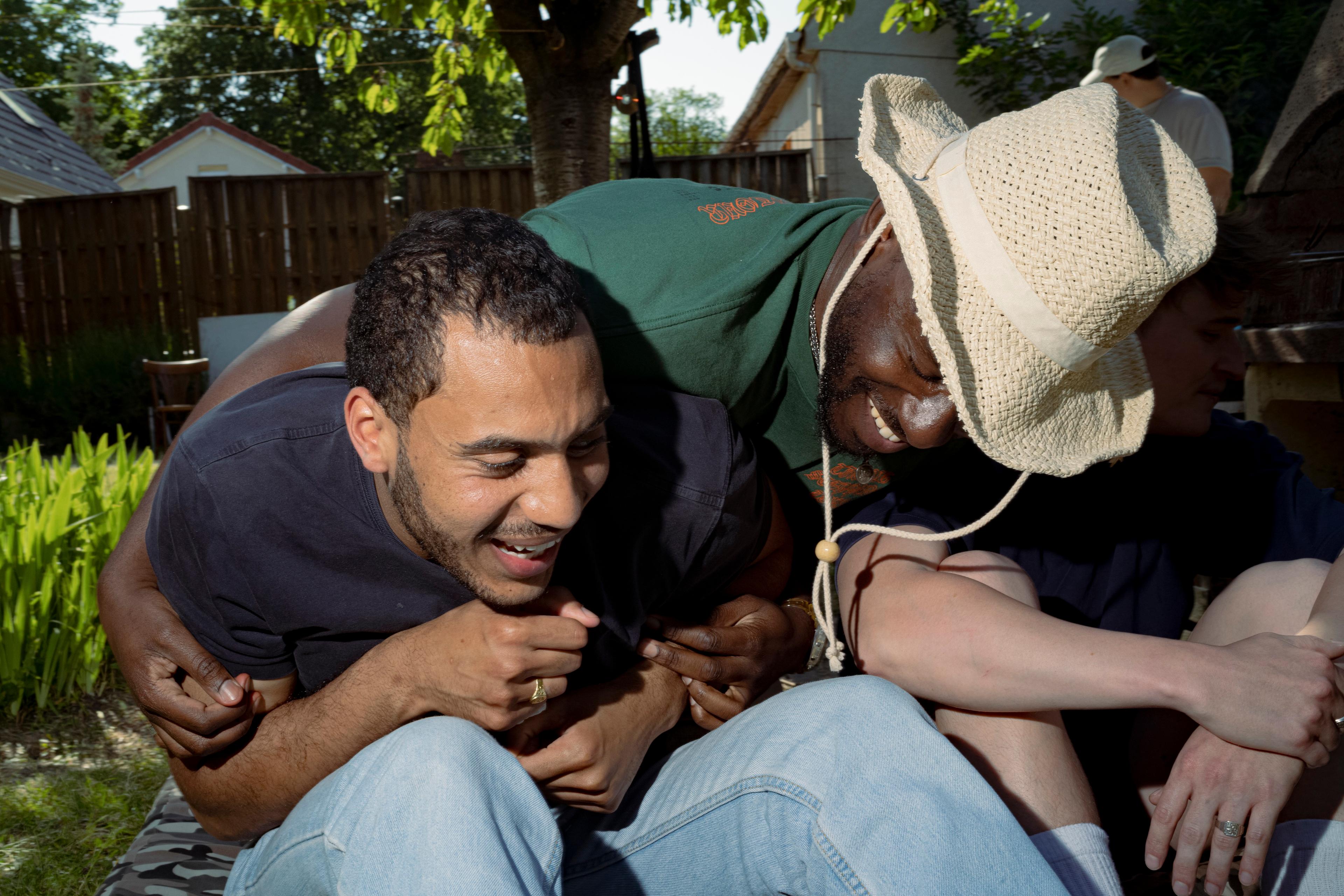These days, it’s common to feel anxious or outraged, unusually stressed out or fearful about the future, hyperreactive, agitated or otherwise on edge. It’s a state that we have dubbed ‘emotional inflammation’, a phenomenon that’s similar to post-traumatic stress stemming from simply living in today’s tumultuous world. It’s not a term you’ll find in the Diagnostic and Statistical Manual of Mental Disorders (DSM-5), the standard guide for the classification of mental health disorders. But the condition, which afflicted millions living in our chaotic, confusing, often contentious world before the age of COVID-19, now rages off the charts.
There’s plenty of support for the concept of emotional inflammation because, as with the physical inflammation that occurs in response to, say, an injury, emotional manifestations can also make us feel hot, irritated, uncomfortable, and can even be painful; it can make moving through everyday life more difficult and leave us feeling tired or depleted. Plus, a substantial body of scientific evidence now links negative emotions to the kind of chronic, invisible, systemic (or internal) inflammation that’s associated with life-threatening illnesses such as heart disease and stroke, diabetes and certain forms of cancer. A recent study, for instance, revealed that adults who experienced considerable anger over the course of a week had higher blood levels of interleukin-6 (IL-6), a marker of chronic low-grade inflammation; another study found a strong association between depression and higher IL-6 levels. A 2018 study found that several anxiety disorders, including panic disorder, are associated with increased levels of C-reactive protein, another biomarker of chronic inflammation. You get the picture.
The fact that our emotions are highly inflamed these days is indisputable – and this reality is harmful for our bodies and minds. A new study from researchers at San Diego State University and Florida State University revealed that in April 2020 adults in the United States were eight times more likely to meet the criteria for serious mental distress than adults surveyed in 2018. Alcohol consumption has increased considerably, according to surveys, and experts are concerned about increasing rates of alcohol consumption throughout the world since 1990.
Think back to just a year or two ago, and you might recall reading about new forms of distress and depletion – scandal fatigue, racial battle fatigue, compassion fatigue, ecoanxiety, news fatigue, apocalypse fatigue, solastalgia (distress caused by environmental change), and so on – that our culture has been experiencing at astonishing rates. People have been hurting emotionally and there’s little mystery as to why: we are shaken by news about gun violence and hate crimes, the ongoing stream of sexual abuse and misconduct scandals, racial injustices, human rights violations, disasters in the natural world, the climate crisis, as well as political discord and dysfunction in the US and around the world. COVID-19 is just the new kid on the block.
Then, these kinds of society-level challenges are superimposed upon our own day-to-day challenges – coping with demanding jobs for which we might not be sufficiently compensated, the high cost of modern life, raising kids in a world with increasingly difficult challenges and dangerous temptations, and the like. When we’re fortunate enough to begin recovering from one trigger or trauma, another often comes along and becomes the emotional equivalent of reopening the wound and ramping up inflammation anew.
Indeed, there can be a priming effect: when you’re in the throes of intense stress or emotional inflammation, you can become more sensitive, both physiologically and psychologically, to the next stressor you encounter. It’s an effect that’s a bit like throwing gas on a simmering flame – the fire gets bigger, hotter, angrier. Research showed that after reading negative news reports, women are more likely to remember the information for longer than men, and experience more enduring physiological responses – namely, a greater rise in cortisol in response to a stressful activity that occurs the next day.
When people hear about the concept of emotional inflammation and its symptoms, they often have an ‘aha’ moment of recognition, one that makes them feel understood and less alone. Knowing there’s a name for how and why you’ve been feeling so irritable, hot and testy, distressed or anguished helps these emotions feel a bit less unsettling or alienating. Some people have asked whether there’s anyone who isn’t experiencing emotional inflammation, given the current state of the world. Maybe if you lived in an isolated cabin in the woods and avoided all media exposure, you would be protected from emotional inflammation. But that’s not an experience most of us have or want.
As uncomfortable as emotional inflammation can feel, it’s a natural or appropriate response to the conditions we’ve been living with in recent years; however, that doesn’t mean you have to be at its mercy. Nor do you want to be, because it can have insidious ripple effects on your physical, psychological and spiritual wellbeing, in just about every conceivable way. The key is to help yourself recover from emotional inflammation, just as you would if you suffered physical inflammation after spraining your ankle or bruising your knee.
The good news is, with conscious effort, emotional inflammation can be managed and alleviated, from the inside out and the outside in. As a starting point, it’s essential to prioritise taking care of your body’s needs – by getting enough good-quality sleep, steadying your body’s circadian rhythms (by dimming artificial lights and setting curfews on digital devices), taking care of your gut microbiome (with foods containing probiotics and prebiotics), exercising regularly, and taking time to regularly decompress from stress (with meditation or even deep breathing exercises). These steps will help reduce the heat and swelling from emotional inflammation, allowing you to restore a foundation of calm and healing. Here are five more strategies to help you reclaim your equanimity:
Recognise your feelings. At various times during the day, it helps to pause and ask yourself: how am I feeling? What words describe my current mood or state of mind? If you have trouble identifying these feelings in your mind, it can help to engage in expressive writing with pen and paper or on your computer. James Pennebaker, a professor of psychology at the University of Texas at Austin, has repeatedly shown in his research that writing about your feelings can help you become better at recognising and processing them. In one study, he and his colleagues showed that when depression-vulnerable young adults made a habit of engaging in expressive writing for three consecutive days, their depressive symptoms declined significantly – as did their tendency to brood – over the course of six months. If you need some prompts to get going, ask yourself: what am I thinking about or worrying about excessively? What have I dreamt about that has stuck with me?
Reality-check your thoughts. Your thinking style can either ratchet up your emotional inflammation or help dial it down. Think of this as akin to choosing between applying heat or ice to a sprained ankle: heat would increase blood flow to the area and exacerbate the swelling (not what you want), whereas cold and compression would be more therapeutic. To prevent your thoughts from spiralling out of control into worst-case scenarios or what-if propositions, use critical thinking skills to evaluate them. Ask yourself: what evidence suggests this thought is true? Are there other ways I could look at the situation? Simply put, the way you appraise your thoughts and feelings can influence how they affect you. For example, a 2017 study found that when people’s mindsets were manipulated by film clips that featured a ‘stress is enhancing’ message before they participated in a mock job interview, the participants experienced sharper increases in positive mood, greater cognitive flexibility and greater attention towards positive stimuli than those who were manipulated with a ‘stress is debilitating’ message before the mock interview. This is just one example of what’s called ‘cognitive reframing’, a cornerstone of cognitive behavioural therapy, which helps people change the way they think and behave to alter how they feel.
Limit your media exposure. When we’re subjected to a continuous influx of disturbing or alarming news, that information overload can easily upset our emotional equilibrium, just as immersing a wound in hot or dirty water can increase physical inflammation and impede healing. A 2017 survey by the American Psychological Association involving 3,440 adults in the US found that 56 per cent of people reported that following the news closely caused them stress. More recently, a group of psychologists warned that repeated media exposure to news about a community crisis could present a risk of psychological distress, including increased anxiety and heightened stress responses that could lead to symptoms that are similar to post-traumatic stress.
Granted, the threshold of information overload varies from one person to another, so it’s important to identify your personal tipping point and prevent yourself from reaching it. You can moderate the amount of upsetting or alarming information that comes your way by putting yourself on what we call a ‘media diet’: resolving to read the news only in the morning, or setting limits on how frequently you check newsfeeds, or giving yourself entirely news-free days.
Connect with nature – and awe. The scientific literature is filled with studies illustrating how experiencing or even viewing scenes from nature relieves stress and physical pain, enhances attention and cognition, and provides other mind-body benefits. So take a walk in a park, the woods, a garden or near a body of water, and soak in the sights, sounds and smells of plants and trees, wildlife and other natural elements. Focus on the repeating patterns – called fractals – that are inherent in the veins of a leaf or crystals in an icicle; viewing these patterns sends calming messages to the brain that heighten our sense of safety and equilibrium. Tune into the power of awe by gazing at the stars and planets at night, and appreciate the sense of wonder at being a part of something larger than yourself.
Become an agent of change. Taking any action to help make the world a more humane and equitable place can have a profound effect on your sense of empowerment and wellbeing. So make an effort to shift from inaction to action, from bystander to upstander (by recognising that something is wrong and speaking up, or standing up to work to make it right). You can do this in many different ways, both large and small – by financially supporting or volunteering for a cause you believe in, writing letters to elected officials about an important issue, working on a ‘get out the vote’ campaign, doing things to reduce your carbon footprint, and so much more. Every positive action you take contributes to moving the needle of progress in the right direction and inspires other people to do their part.
By taking these steps, you can come to your own emotional rescue at any time, without waiting for the world to change. Ultimately, the key to relieving emotional inflammation is to find the right balance between turning inward and reaching outward – by tending to your upsetting emotions and frazzled state of mind, and engaging in meaningful activities that bring you a sense of purpose, resilience and connection with others. Instead of simply feeling vulnerable and unsteady, you can redirect the energy behind your outrage, fear or despair into working to change the upstream conditions that fuel your worries, while finding like-minded people to be at your side. Seizing that opportunity is the hidden gift in emotional inflammation. It’s yours for the taking.








